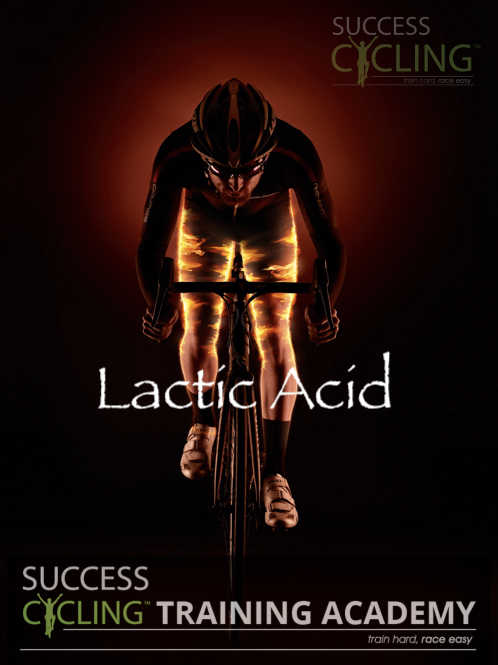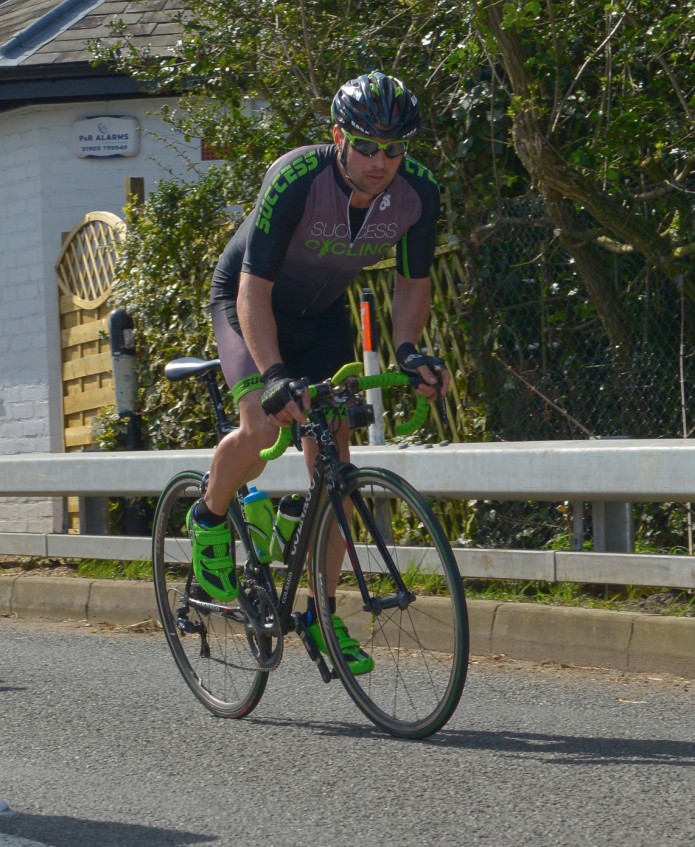Base Training – Make sure you don’t ignore it this winter!
- November 28, 2018
- Success Coach
- Coaching, Fitness
- No Comments

· B A S E T R A I N I N G ·
⚠️ Make sure you don’t ignore it this winter ⚠️
I see a lot of people these days claiming that base training is dead, and that you are far better off smashing out the high intensity intervals all winter 🤔
Well I don’t agree with this approach. Yes you might get some fast short term gains but will that really carry on for your long term development as an athlete?
I can see the benefit of including the odd higher intensity session to your plan over the winter so that you keep the engine firing, but think that the majority of your training sessions should be conducted below your Threshold intensity.
Winter training is misconstrued by many cyclists to mean training that is somehow less important than race season training. Perhaps because the early season low-intensity training is less painful, it is thought to be less important. The concept that only “hard” work produces significant gains in fitness and the greatest rewards in performance is incorrect. It may also be that Base Training benefits are not immediately obvious. A lot is happening below the skin and improvements are not readily apparent.
In fact, the low-intensity off-season “Base Training” is where your most significant fitness growth will come.
Impatient athletes may want to rush the early season preparation and get to the “hard stuff” too soon. Developing fitness is a recipe where adding too much intensity too early will ruin the final product.
In fact, to the extent you develop your Base Fitness in the winter will dictate the extent of your peak fitness later. Like a pyramid-shaped building where the foundation needs to be broader than the upper floors the Base fitness you develop early on must be broader than the ensuing layers of fitness you apply. For these reasons it’s important for cyclists to intellectually understand the science happening under the skin.
Foundational development of various energy systems occurs during the Base Phase. Such as…
Increased capillarization
– more blood vessels which deliver blood (oxygen & nutrients) to the muscle cells and also remove metabolic waste
Increased mitochondria
– more of the muscle cell components that aerobically process fuel necessary for muscle contraction
Increased aerobic enzymes
– more of the catalysts necessary to aerobically produce energy from incoming fuel
Increased cardiac output
– more blood pumped out resulting in greater blood distribution per heartbeat
Increased fat metabolism
– more fat can be metabolized which reduces the amount of sugar necessary to fuel your muscles
In simple terms: The role of base training is to make you a more efficient rider. It teaches your body to conserve its glycogen stores and improves your body’s ability to use fat for fuel more effectively and your body’s ability to transport oxygen to your working muscles.
Now, the way you decide to structure your base training will depend on how many hours you can commit to each week?
For riders with 10 plus hours a week to train I would recommend a more traditional LSD model where you spend most of your time riding in Endurance Zone 2 and adding some work in Tempo Zone 3.
If you have less hours each week available to fit your training in, then the best approach for you during the base phase is to do a more Sweet Spot specific plan. This is where you spend a good proportion of your week in the higher zone 3 or 88-93% of your FTP. This is commonly referred to as the Sweet Spot zone and by completing increasing intervals at this intensity you can still get the benefits you are looking for at this time of year.
Which ever way you decide to tackle your training this winter, another important point to remember is to ensure that your training workload is progressively increasing as your body adapts to the stress you put upon it.
Leave a Comment cancel
This site uses Akismet to reduce spam. Learn how your comment data is processed.






